Osmussaar
Osmussaar, or Odensholm in Swedish, is mentioned in written sources as early as the 13th century. Its name is associated with the Viking god Oden.
There are several legends linking the name of the island to the Viking god. The first is said to have been named after a boulder called Oden, which was even thought to be the tomb of Oden.
According to another tradition, Oden Spithamn (Spithamn) emptied sand from his shoe when he stepped out of the heath.
Only the wind knows what is the most accurate legend of Osmus, or the island of the coastal Swedes.
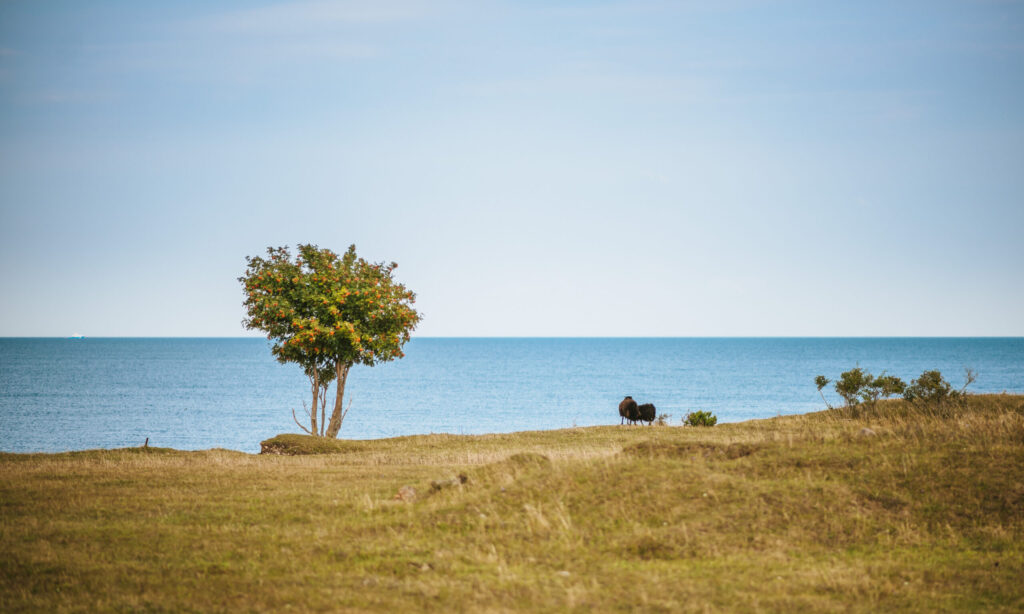
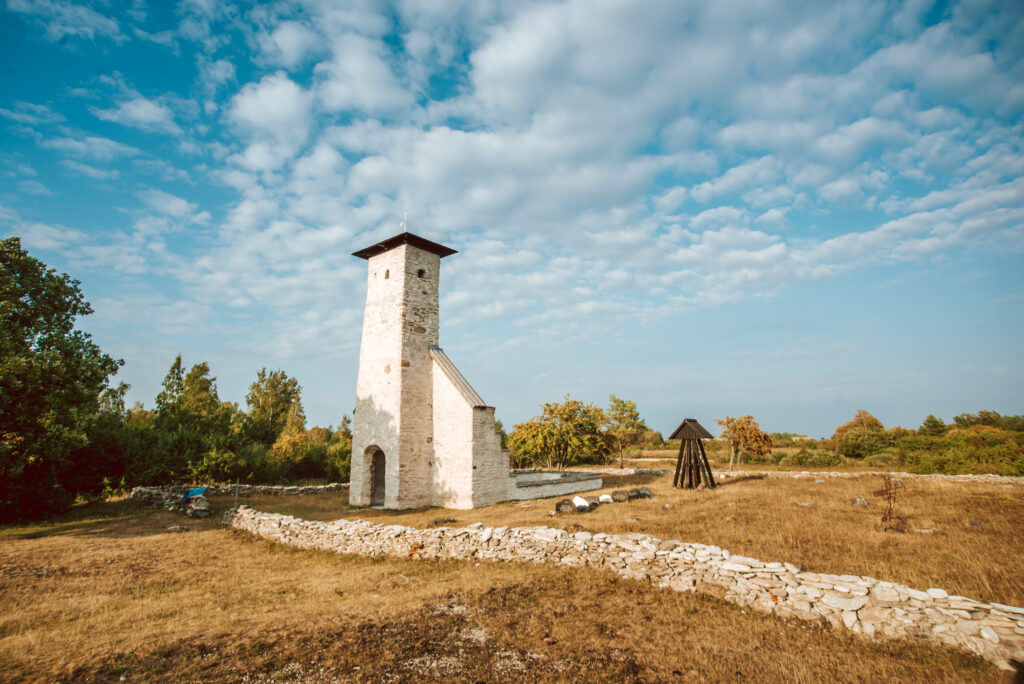
According to old writings, the island’s permanent inhabitants were also Swedes, first mentioned in 1436. In 1436, the islanders were first mentioned as inhabitants.
At the beginning of the 16th century, there were probably five farms on the island, the inhabitants of which, according to tradition, came from the Stockholm archipelago. However, as a result of various epidemics, the island has been devastated several times, and as a result of these, new settlers have come to the island from several directions. The 1710-1711 period was particularly hard on the locals. The plague of 1717-1111 killed more than 60 people on the island. Only five of them survived, and their descendants still live in Sweden.
Before the Second World War, the island was inhabited by coastal Swedes, most of whom fled to Sweden to escape the war. The descendants of the former Osmus islanders are no longer on the island, but they do visit at least once a summer. Many of them are still keen to be involved in planning the future of the island by undertaking various joint projects – for example, in the early 1990s, the islanders installed memorial stones for the island’s families, fenced off a cemetery and built a small bell tower.
During the Second World War, the island was militarised, the locals were forced to leave and coastal defence batteries were established. Throughout the occupation, the island was a no-go zone for civilians, as was most of the Estonian coastline, and it is estimated that around 800 men were stationed on the island.
Osmussaar was captured by the Soviet army in 1941. and during the German occupation, in 1942. In the spring of 1941, the remaining Osmus islanders were allowed to return to the island. Much had changed during that time – the Oden stone was gone and most of the buildings were in ruins, including the chapel and the bell tower.
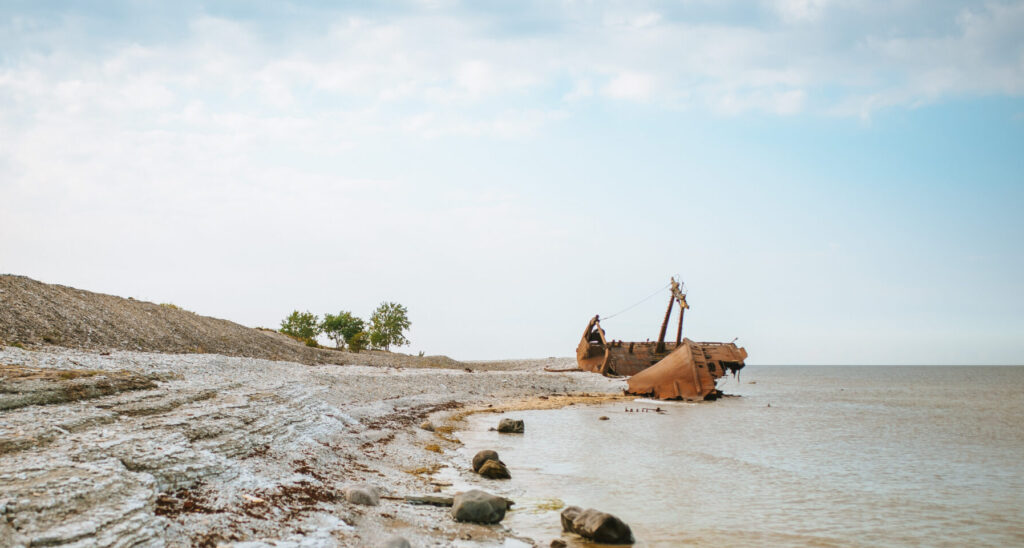
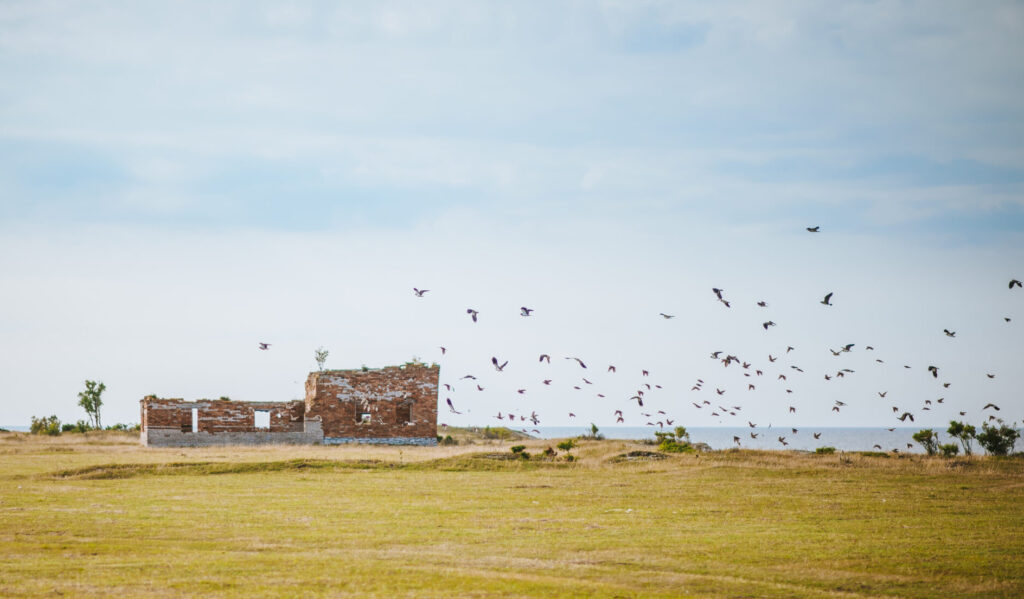
The concrete for the defences was also used for the island’s rock gardens, limestone buildings and other boulders. After the war, only a border guard unit was stationed on the island, and it was not until the 1990s that the former islanders were able to live there. It was only in the early 1990s that they were able to visit the island again.
The last representatives of the Soviet military left the island in 1993. After which environmental studies were carried out on the island and fortunately no major environmental threat was found. However, a large number of dangerous munitions were found on the island at the time, most of which were demined. Nevertheless, a variety of explosive devices, both safe and dangerous, can still be found on the island today.
In 1996, a landscape protection area was established on Osmussaari to preserve the living and non-living nature there, and the land was not returned to the former Osmussaari residents. Today, the entire island belongs to the Estonian state and is controlled by the Ministry of the Environment, and to a lesser extent by the Ministry of the Interior. The island was repopulated in 2001, when a family moved to the island and started raising sheep.
In addition to the sheep that roam freely on the island, Scottish mountain sheep can be seen here and there, all actively involved in the upkeep of the island’s heritage landscapes.
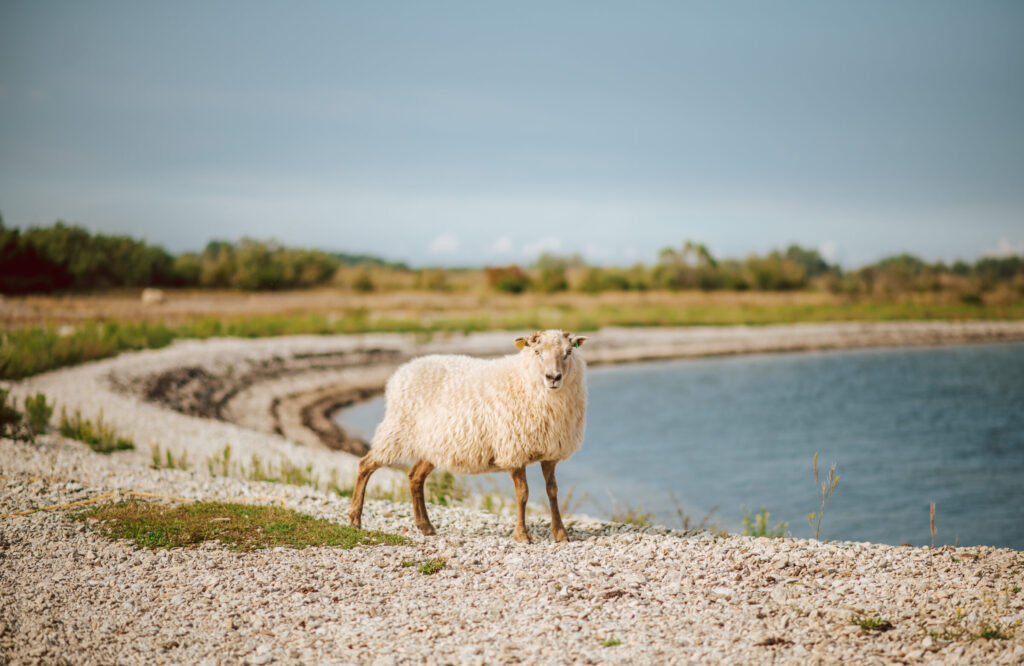
Osmus Island is wooded, rather scrubby, which is why you will find a lot of junipers here. In terms of plants, the island is quite species-rich, with rarities such as Danish sea lettuce, bittercress and rockcress, but the fauna is sparse, with only foxes, beavers, marsh frogs, water voles, bats and minnows.
Osmussaar is part of the European Union’s network of protected areas. The island’s birdlife, flora, cliff fields and the large stones from the Neugrund meteorite crater, known as the Neugrund breccia, deserve special protection.
Osmussaar is located about 7 km from Dirham harbour in the Osmussaar Scenic Reserve.

Vaatamisväärsustest on saarel 1766. aastal ehitatud kivikabeli varemed, 1954. aastal ehitatud tuletorn (1765.a. ehitatud tuletorn purustati 1941.a.), pankrannik ja rannavallid.
In May 2019, the lighthouse was opened to guests.